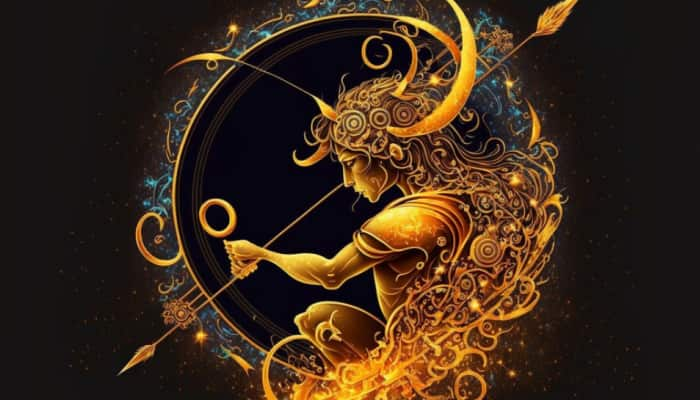Chhath Puja 2019: Sunrise, sunset, Arghya timings and rituals
The sunrise and sunset timings hold great significance during this four-day-long festival.
Trending Photos
) Pic Courtesy: File Photo (Representational Use Only)
Pic Courtesy: File Photo (Representational Use Only) New Delhi: The much-awaited and highly auspicious festival of Chhath begins today - October 31. Chhath festivity is a four-day long affair and this year it will be observed till November 3.
Since the most significant day falls on the sixth day of the month of Kartika, it is called Chhath. During Chhath Puja, the devotees observe fast and pray to Sun (Surya Dev) god and his consort Goddess Usha and Pratusha (Chhathi Maiya), seeking their blessings and praying for their wish fulfilment.
Chhath Puja is widely celebrated in the country but predominantly it is the major festival in Bihar, Jharkhand, Odisha, Uttar Pradesh and in parts of Nepal. Chhath Puja is believed to be the only Vedic festival dedicated to Surya (the Sun God).
The sunrise and sunset timings hold great significance during this four-day-long festival.
According to Drikpanchang.com, here are sunrise and sunset timings for November 2, Saturday:
Chhath Puja on Saturday, November 2, 2019
Sunrise on Chhath Puja Day - 06:33 AM
Sunset on Chhath Puja Day - 05:35 PM
Shashthi Tithi Begins - 12:51 AM on Nov 02, 2019
Shashthi Tithi Ends - 01:31 AM on Nov 03, 2019
The main day of the festival includes Chhath Pujan and Sandhya Arghya on Shashti which is on November 2 this year.
Chhath Puja Rituals:
Women offer their prayers to Surya Devta to thank the Lord for sustaining life on Earth. Those observing the vrat or fast, known as the Parvaitin pray from the happiness, prosperity and wellbeing of their families.
Women who observe the fast on Chhath, perform various rituals while praying to the Sun God and Chhathi Maiya. Dressed in a bright coloured new saree, all decked-up with beautiful ornaments, the womenfolk take a dip in holy waters of Ganga or any other river nearby. They pray to the Surya Devta and greet each other.
Then they apply the orange vermillion on each other's forehead. The customary practices include holy bathing, fasting and performing the Arghya (offering prayers to the setting and the rising Sun).
They thank the Surya Dev and Goddess Usha for sustaining life on earth.
Then the women who observe fast tilt a Kalash full of water downwards while facing the Sun God. They look at the Sun through the stream of water that flows from the Kalash. In a way, they offer the water to the Sun God.
Sugar cane is mandatory during the festival.
Women light lamps with pure ghee and offer flowers and fruits to the Sun God. The prasad is including kheer, sweets, Thekua, rice laddos, fruits (sugarcane, sweet lime and banana) is offered in a small bamboo soop winnows.
The prasad is vegetarian and does not include onion, salt or garlic, ensuring that it is essentially pure. The festival concludes with the Usha Arghya on the fourth day (Saptami Tithi) according to the Hindu calendar) after prayers to Goddess Usha.
Also, once a person or a family starts the tradition of keeping Chhath, they have to perform it and observe the fast every year, passing on to the next generations. However, the Chhath festival is skipped only if a death occurs in a family that particular year.
If at all, someone decides to not perform the ritual any given year then it stops permanently and you cannot resume the Chhath Puja festivity again.
Here's wishing our readers a very happy Chhath Puja!







)
)
)
)
)
)
)
)
)
)
